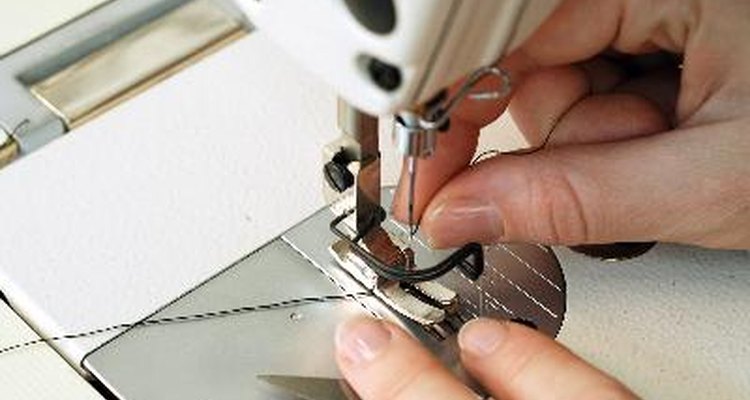
Kids go through clothes quickly, so picking up something new every time they outgrow an article of clothing can get expensive. Consider making your children's clothing with a few easy-to-follow steps. Items like lightweight jackets, shirts and pants are easy to design and create with the right tools. If you're making the clothes for children you know, you can even have them help you with the design process. They can add their own flavor to the pieces they'll wear.
Start sketching your ideas. Visualize what you want for your kids' clothing designs. Even if you aren't the best artist, you will be making the clothes yourself, so you know what direction you want to move in. Sketching a design before putting it into effect allows you to see the image and perhaps improve upon it before getting started. You can also experiment with fabric and color ideas in your sketch and write simple notes (such as what type of closures you'd like to use) to yourself that will make the construction process easier.
Gather your materials. After you know what you're designing, you can choose your fabrics. Obviously take into account things like if the garment is for a boy or a girl, as well as the age of the child. The latter comes into play because snaps are easier to work with for a toddler, while buttons or zippers can work for a child of 6 years or older. Clothing for younger children can posses wildly bright colors and fun trims like ric-rac, while older children like things more in tune with their developing style. These days, even 10-year-olds have a sense of style, so choose fabrics and hardware that reflect that.
Create your pattern. You first want to work with a general size chart for the age of the child for which you're designing, or take the measurements of the child himself. Measure across the back; from the neck to the end of waist (down the child's back); and the length of the arms and legs, waist and inseam. Leave a bit of room so the clothes are not constricting on the child, making it easy for him to move and play. Now that you have the measurements, create your own pattern or apply your measurements to a pattern you find online or in a sewing book.
Get sewing. Cut out the pattern in the fabric you'd like to work with, and use a sewing machine to bond fabrics. For shirts and pants, it is easiest to begin by cutting out two patterns and simply sewing them together to create a garment, while jackets or cardigans will be worked from one base pattern (which encompasses the bodice). You can then add sleeves to the jacket or cardigan. Skirts can be constructed the same as shirts or pants. Always be sure to leave room for wider hems, if necessary.
Add extras to the clothing. Now that you have the completed garment, begin adding your extras. Buttons, snaps or decorations can all be applied at the end after it's clear your garment is a success. Snaps and buttons work best for children of most ages and allow them to dress or undress themselves without significant help from an adult. Any decoration applied to the clothing should coincide with the child's age, so refrain from placing buttons on a dress for a 2-year-old, as they can be a hazard due to their size.
Related Articles

How to Make a Dress Shirt

How to Dress a Kid for a Hoedown Dance

How to Make a Posing Suit

How to Write a Poem for Your Child

Children's Activities for Jeremiah ...

How to Cut a Football Jersey for a Girl
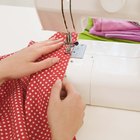
How to Make a Girl's Dress by Adding a ...

How to Take Measurements for Tailoring
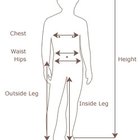
How to Measure Kid's Chest Size

What Is a Princess Line Dress?

How to Prevent Static in Nylon Clothing

How to Make a Sweatshirt Longer

How to Make a Glitz Pageant Dress for ...
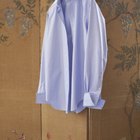
How to Stop Hanger Marks

How to Make a Full Moon Costume for a ...

How to Soften Leather Jackets
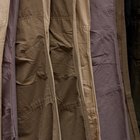
How to Alter the Waist of Pants to Make ...

How to Be Friends With Your Child's ...

What Are Psychedelic Clothes?

How to Wash Armani Tee Shirts
Writer Bio
Samantha Cabrera is a freelance editor and writer, covering fashion and beauty. She currently serves as the Fashion Director of Papierdoll.net, and writes Style-television.com, a blog of b5 media. Cabrera also serves as the National Women's Fashion Examiner for Examiner.com and has written for About.com and Bride.ca. Cabrera is a native Texan and attended the University of Houston.
Photo Credits
Work in sewing shop image by tatyana from Fotolia.com